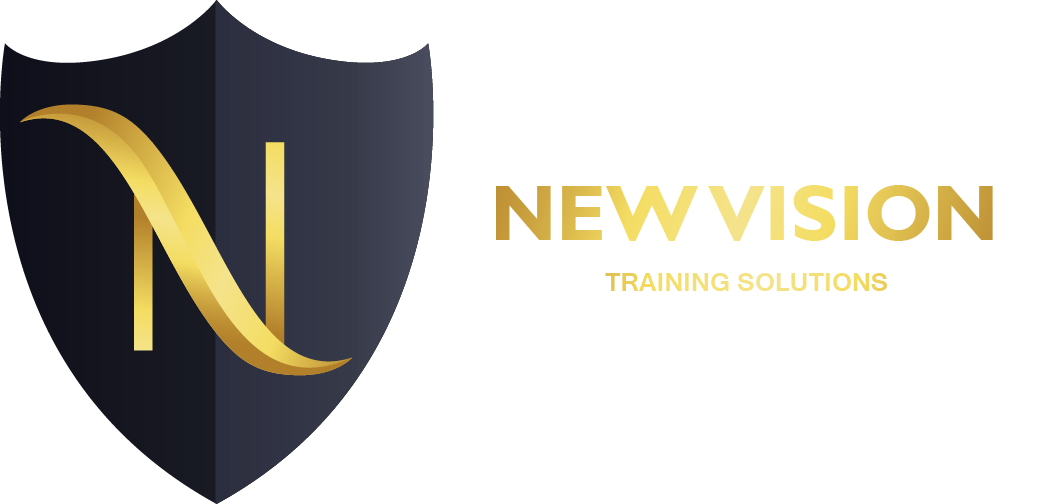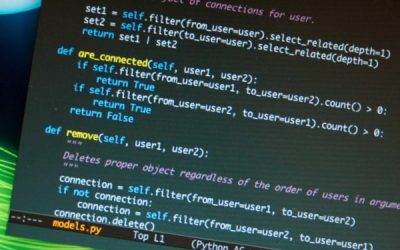Course description
Cisco IP Telephony & Video, Part 1 (CIPTV1) v1.0 is a five-day course that prepares the learner for implementing a Cisco Collaboration solution at a single-site environment. This course focuses primarily on Cisco Unified Communications Manager Version 10.x, which is the call-routing and signaling component for the Cisco Collaboration solution Lab exercises included in the course help learners to perform post installation tasks, configure Cisco Unified Communications Manager, implement MGCP and H.323 and, SIP trunks, and build dial plans to place single site on-cluster and off-cluster calling for voice and video. Learners will also implement media resources, audio and video conferencing, and describe QoS.
Course outlines :
Cisco Unified Communications Manager Introduction
- Describing the role of Cisco Unified Communications Manager, its architecture and its deployment and redundancy options.
- Performing Initial Cisco Unified Communications Manager Configuration
- Deploying Endpoints and Users
- Deploying IP Phone Services
Dial Plan Introduction and Implementation of Single-Site On-Cluster Calling
- Describing Dial Plan Components
- Implementing Endpoint Addressing and Call Routing
- Implementing Calling Priviliges
- Implementing Call Coverage in Cisco Unified Communications Manager
Implementation of Single-Site Off-Cluster Calling
- Analysing Single-Site Off-Cluster Calling Requirements
- Implementing PSTN Access Using MGCP Gateways
- Describing Cisco IOS H.323 and SIP Gateways
- Implementing PSTN Access Using H.323 Gateways
- Describing the Cisco Unified Border Element
- Using the Cisco Unified Border Element to Access the PSTN via a SIP Trunk
- Using the Cisco Unified Border Element for URI Dialing
- Describing Dial Plan Interworking
Media Resources
- Decribing Media Resources in Cisco Unified Communications Manager
- Implementing Annunicators and MOH
- Implementing MTPs
Audio and Video Conferencing
- Describing Conferencing Devices and their Functions
- Implementing Conference Bridges
- Describing Cisco TelePresence MSE 8000
- Implementing Cisco TelePresence Server
- Implementing Cisco TelePresence Conductor
Quality of Service
- Analysing Quality of Service Requirements
- Describing QoS Components and their Functions
- Implementing Marking
- Implementing Policing and Shaping
Course Features
- Lecture 0
- Quiz 0
- Duration 40 hours
- Skill level All levels
- Language English
- Students 0
- Assessments Yes






